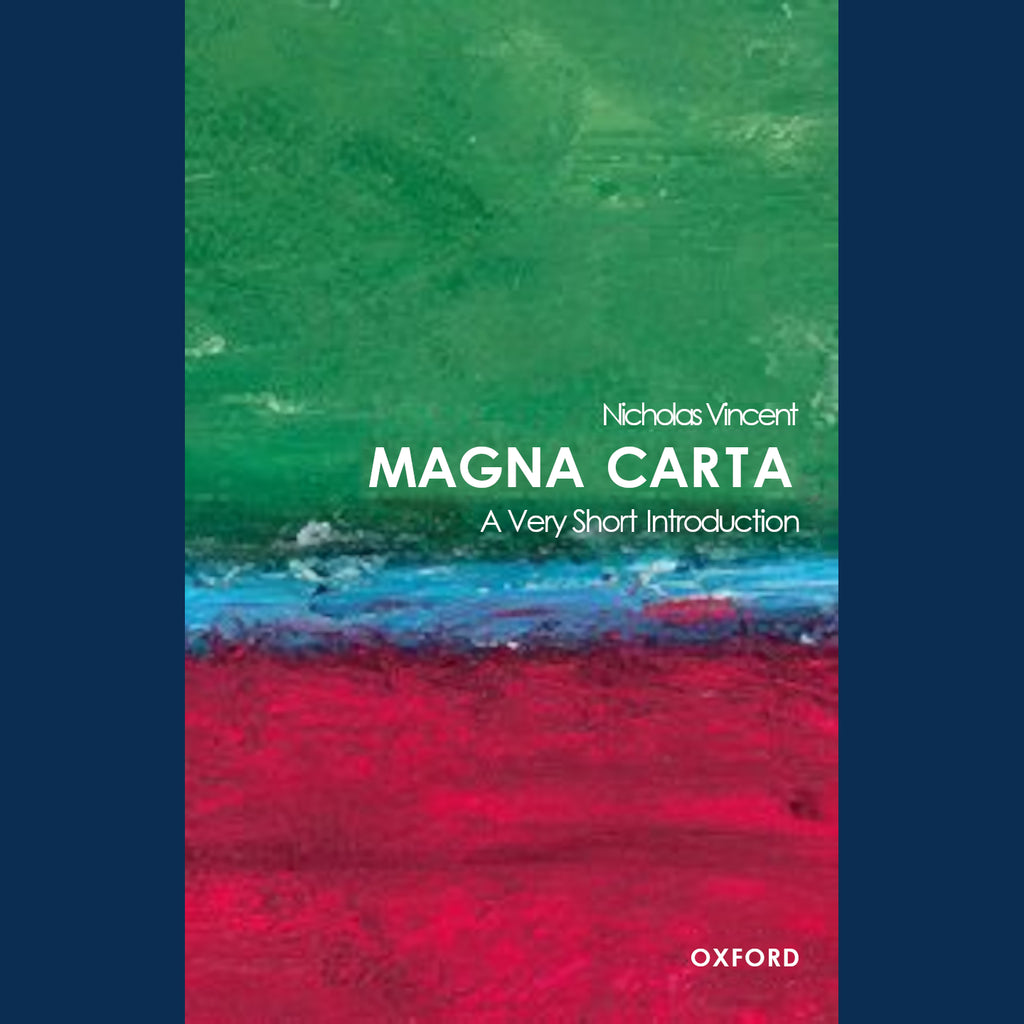
Magna Carta: A Very Short Introduction
- By Nicholas Vincent
- Paperback: 160 pages
- This item is not eligible for discounts unless explicitly mentioned in promotional offers
-
Magna Carta: A Very Short Introduction outlines the context and history of one of the most famous constitutional texts in world history. Magna Carta's origins in the troubled reign of King John are examined, and the significance of the role Magna Carta played thereafter as a symbol of the subject's right to protection against the absolute authority of the sovereign is explored. How and why is Magna Carta still significant today, and what is its importance in relation to issues of law and politics, and also to human rights? This very short introduction includes a full English translation of the 1215 Magna Carta.
-
Latin for "Great Charter," the Magna Carta was drafted in 1215 as an agreement between King John of England and a group of rebel barons. Despite neither side standing by their commitments, it was originally intended to make peace between the unpopular king and the barons by preserving church rights, protecting the barons from illegal imprisonment, allowing access to swift justice, and limiting feudal payments to the crown. Undergoing successive changes, annulment, and reissues, the 1217 document became known as the Magna Carta to distinguish it from a smaller charter that was also issued at the same time.
The charter became part of English political life and was typically renewed by each monarch, later losing practical significance as the Parliament passed new laws. There was an upsurge in interest in the Magna Carta at the end of the 16th century, and it influenced the early American colonists and the formation of the American Constitution in 1787.
On display at the National Archives, courtesy of David M. Rubenstein is one of four surviving originals of the 1297 Magna Carta. This version was entered into the official Statute Rolls of England.